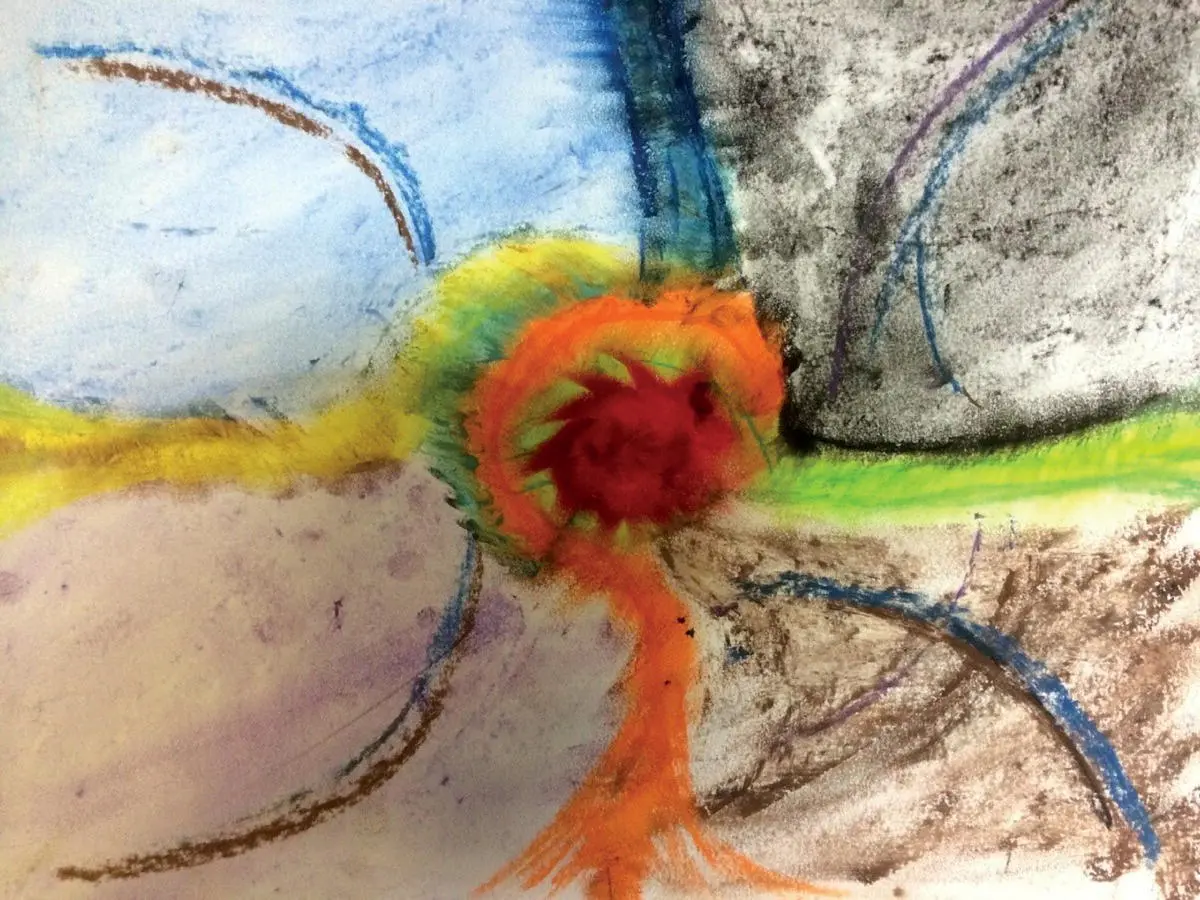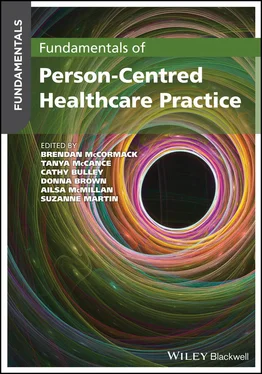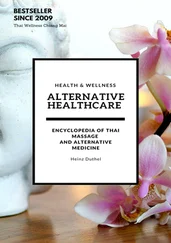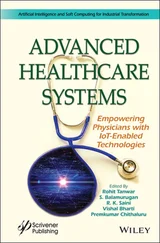Self is not something static.
To develop self, we need to critically reflect on our practice to gain insight into the deeply enmeshed relationship between self (prerequisites), the care environment and the person‐centred processes, and how they connect with one another.
Using different approaches to knowing self is important in helping us to understand ourselves better and engage in person‐centred practice.
1 Bolton, G. (2014). Reflective Practice. Writing and Professional Development, 4e. London: Sage.
2 Brown, D. and McCormack, B. (2016). Exploring psychological safety as a component of facilitation within the promoting action research in health services framework. Journal of Clinical Nursing 25: 2912–2293.
3 Bruno, H.E. (2011). The neurobiology of emotional intelligence. Using our brain to stay cool under pressure. Young Children 66 (1): 22–27.
4 Dimitroff, L.J. (2018). Journaling: a valuable tool for registered nurses. American Nurse Today 13: 11.
5 Dworkin, G. (1991). The Theory and Practice of Autonomy. Cambridge: Cambridge University Press.
6 Freshwater, D. (ed.) (2002). Therapeutic Nursing: Improving Patient Care Through Self‐Awareness and Reflection. London: Sage Publications.
7 Goleman, D. (1996). Emotional Intelligence: Why It Can Matter More than IQ. London: Bloomsbury Publishing.
8 Heron, J. (1999). The Complete Facilitators Handbook. London: Kogan Page.
9 Luft, J. and Ingham, H. (1955). The Johari Window as a Graphic Model of Interpersonal Awareness. University of California, Los Angeles, Extension Office, Proceedings of the Western Training Laboratory in Group Development.
10 Masterson, A. (2007). Community matrons: the value of knowing self (part two). Nursing Older People 19 (5): 29–31.
11 McCormack, B. and McCance, T. (eds.) (2017). Person‐Centred Practice in Nursing and Health Care: Theory and Practice. Chichester: Wiley Blackwell.
12 Morin, A. (2011). Self‐awareness part 1: definition, measures, effects, functions and antecedents. Social and Personality Psychology Compass 5 (10): 807–823.
13 Rogers, C.R. (2003). Client‐Centered Therapy. London: Constable & Robinson.
14 Runde, C.E. (2014). Conflict competence in the workplace. Employment Relations Today 40 (4): 25–31.
15 Seedhouse, D. (2009). Ethics: The Heart of Health Care. Chichester: Wiley Blackwell.
16 Seedhouse, D. (2017). Thoughtful Healthcare: Ethical Awareness and Reflective Practice. London: Sage Publications.
17 Stevens, R. (ed.) (2002). Understanding the Self. London: Sage Publications.
18 Zahavi, D. (2014). Self and Other. Exploring Subjectivity, Empathy, and Shame. Oxford: Oxford University Press.
Brendan McCormack1, Tanya McCance2, and Jan Dewing1
1 Queen Margaret University, Edinburgh, Scotland, UK
2 Ulster University, Northern Ireland, UK
Introduction
What is human flourishing?
Conditions for human flourishing
A resting place
Summary
References
Further reading
Understand the meaning of human flourishing.
Articulate the key attributes of human flourishing and their relationship with person‐centredness.
Consider the conditions necessary for persons to flourish.
Critically reflect on the attributes of human flourishing and how they connect with persons as spiritual beings.
Wakening and entering the day ahead of us is a fundamental part of being alive. How we engage in such a process is dependent on a range of factors that make it either an exciting and joyful start or one that can feel sluggish and listless. Connecting with our immediate environment through observing what is happening or actively connecting with it through physical activity opens up a space for us to consider our being in the world and our day ahead – what some people might see as our spiritual being. This moment of awakening that we each experience every day of our lives can be seen as a micro‐context of what we can come to know as ‘human flourishing’ and the conditions necessary for each of us to flourish in our lives. We would argue that the ultimate manifestation of person‐centredness is ‘flourishing persons’. In this chapter will encourage you to participate in a reflexive engagement with the idea of human flourishing and what it means for all of us in our lives. We will connect ideas of human flourishing with the ‘spiritual self’ and our existence as spiritual beings.
Water gently lapping over stones
Sunshine rising from the blue horizon
Seabirds swooping in search of morsels of goodness
Morning joggers tracing the outline of the beach
Restaurants waking up from their night‐time slumber
The day begins as the world connects
To get us into this reflexive space, we invite you to engage with the following activity.
Identify a time in your life when you felt you were ‘at your best’. What did it feel like? Why was it such a good experience, i.e. what were the key qualities of the experience? What did you do to make it such a good experience (if anything)? Using a creative medium of your choice (drawing, sketching, painting, poetry, prose, photography, etc.), create an image that captures the essence of the experience.

Figure 5.1 ‘Flourishing in transition’.
Source: Brendan McCormack
This image created by one of us (Brendan) expresses his experience of flourishing at a particular stage in his life – a time of significant transition ( Figure 5.1). The painting has a central source of energy and four quadrants, each expressing different conditions that enhanced or hindered his flourishing at that point in time. The picture as a whole, however, shows the balance of different energies and all of them working together to create a holistic picture of his experience at that time. Each element has particular meaning for Brendan and came to life as he connected with the flow of creating the image and the intuitive connections arising. The image gives some insight into the dynamic nature of flourishing and its many shapes and energies.
What is human flourishing?
You may not have thought about the term ‘human flourishing’ prior to reading this chapter, but you might have thought about your spirituality or you as a spiritual person. Spirituality is a broad term with room for many perspectives. Fundamentally, though, spirituality focuses on the deeper aspects of ourselves as persons (our personhood!) and what it means to be alive, happy and connected with the world.
Human flourishing as happiness
The term ‘human flourishing’ has existed for thousands of years. Originally coined as eudaimonia (meaning human flourishing or happiness) by the philosopher Aristotle, the term has existed as a way of expressing all that we know to be human and to live out our personhood. Eudaimonia is an active term meaning we as human beings actively work in pursuit of happiness. Such happiness includes our subjective experiences in pursuit of ends (outcomes or achievements) that are worthy of choosing for human beings.
Eudaimonia is a unifying principle, suggesting that to be happy we have to actively pay attention to such virtues as belonging, harmony, social justice, fairness and equality. Being happy in the world (or to flourish) is not about the pursuit of pleasure, hedonia (think about hedonism!), but is the pursuit of a state of well‐being by ‘concurrently doing what I want to do while at the same time doing what I ought to do’. What Aristotle suggests here is a moral perspective on our being as agents in the world and which should resonate with us as healthcare workers – we are effective as a person when the actions we actually take are the same as those we ought to be taking as a moral agent. To do this requires an understanding of what is required of us as persons (the evidence that informs our practice) whilst at the same time being in a position to want to do the right thing, to enjoy doing it and sometimes to be uplifted by doing it.
Читать дальше













